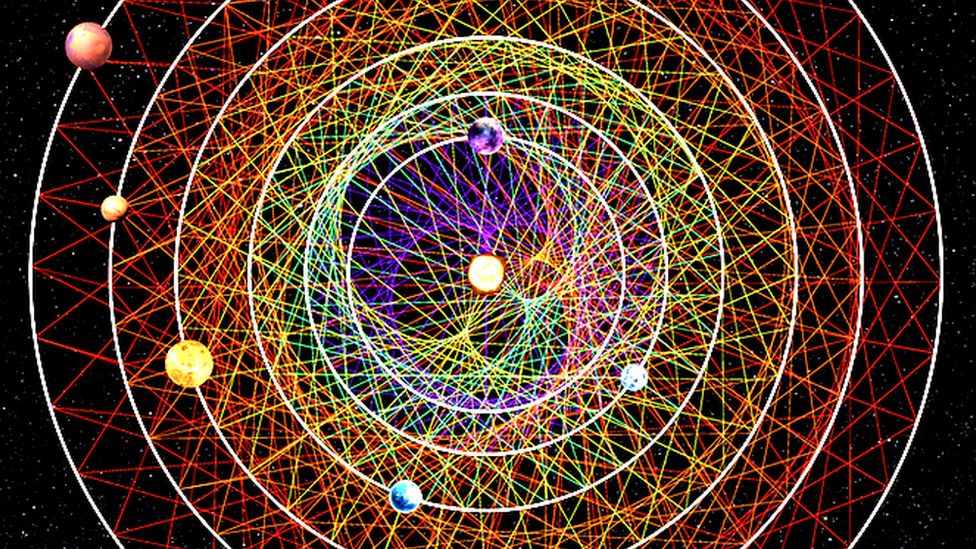-

-
-
Loading

Loading

Scientists have discovered a "perfect solar system" that is ideal for studying how planets are formed and whether they can support life. Located 100 light years away, this system consists of six planets that are all approximately the same size and have remained unchanged since their formation around 12 billion years ago. Unlike our own solar system, which was created through violent collisions resulting in a mix of different-sized planets, this system, known as HD110067, offers undisturbed conditions and synchronized orbits. The precise choreography of these planets' orbits allowed researchers to create a musical composition that corresponds to each planet's orbital period. The system's similarity in planet size and its undisturbed nature make it a valuable resource in understanding planet formation and evolution. Moreover, the system's bright star enhances the potential for detecting signs of life in the planets' atmospheres. All six planets in this system are classified as "sub-Neptunes," larger than Earth but smaller than Neptune. The discovery of the system HD110067 provides scientists with an opportunity to gain insights into the composition and potential habitability of sub-Neptunes, which are believed to be abundant in the galaxy. Researchers hope that within the upcoming years, they will be able to determine if these sub-Neptunes can indeed support life. The discovery of biosignatures on any of the six new sub-Neptunes or other similar planets could significantly increase the chances of finding signs of life on other worlds. NASA's TESS and ESA's Cheops played key roles in the detection of these planets. With the aid of advanced telescopes and ongoing research, scientists anticipate that the search for life on other planets may soon yield promising results.